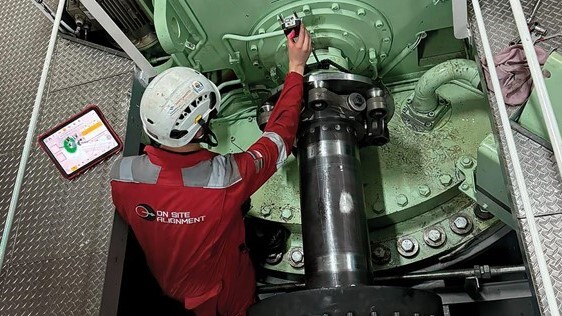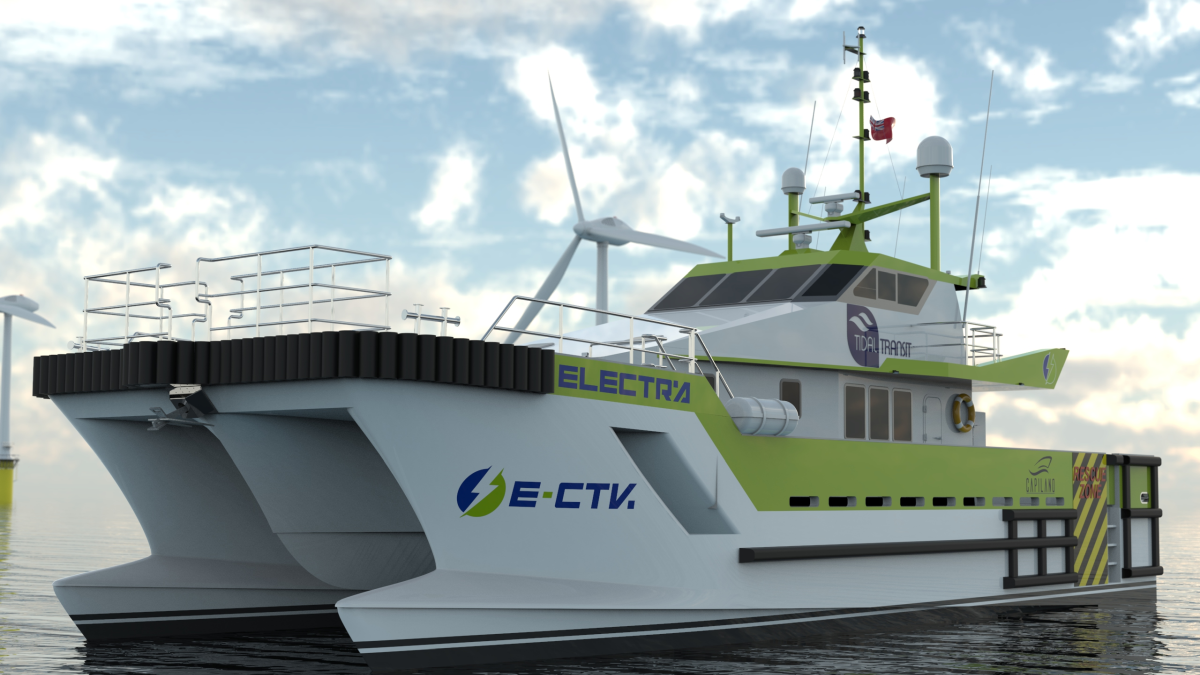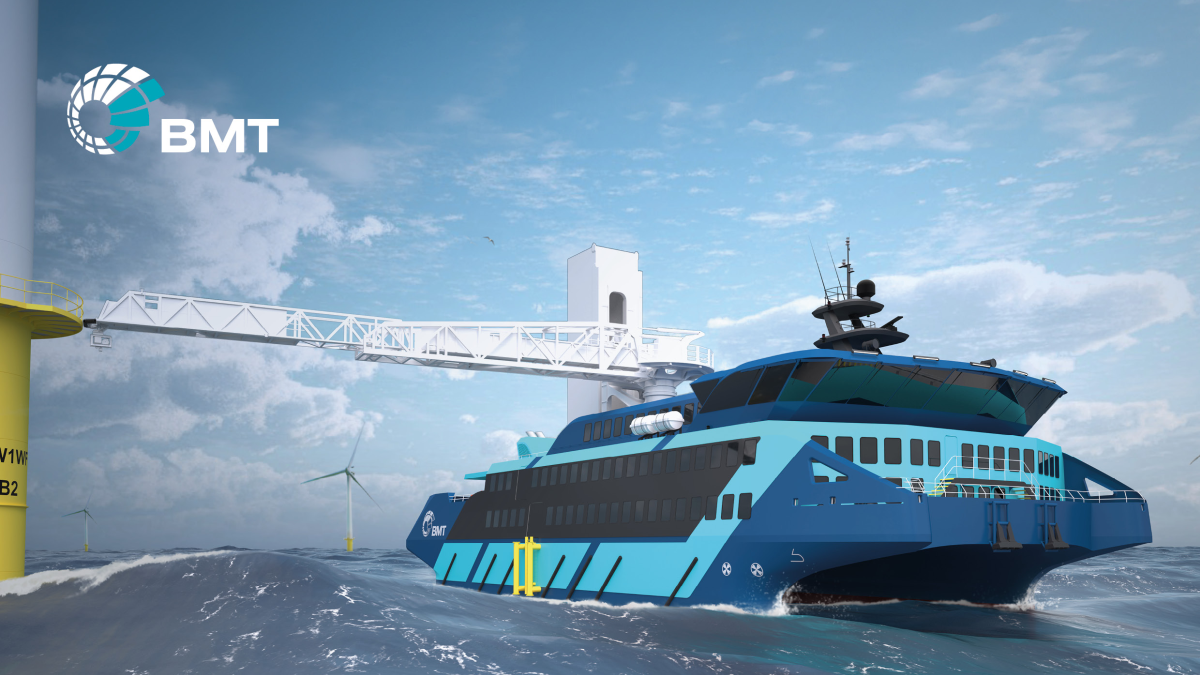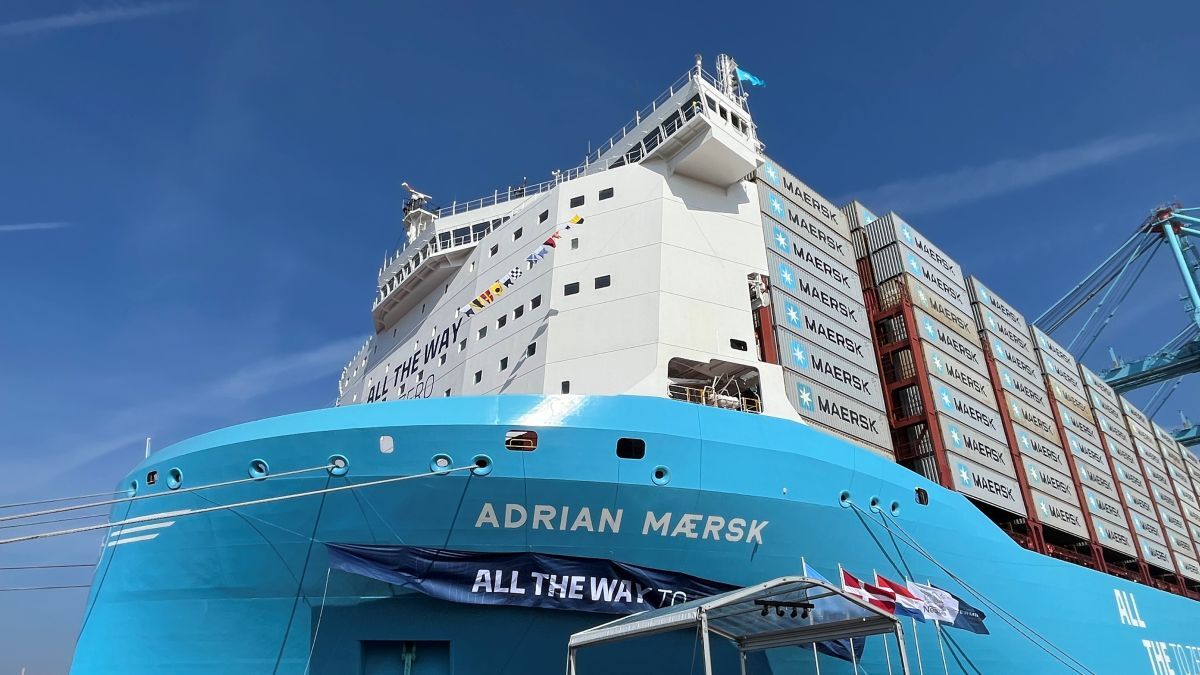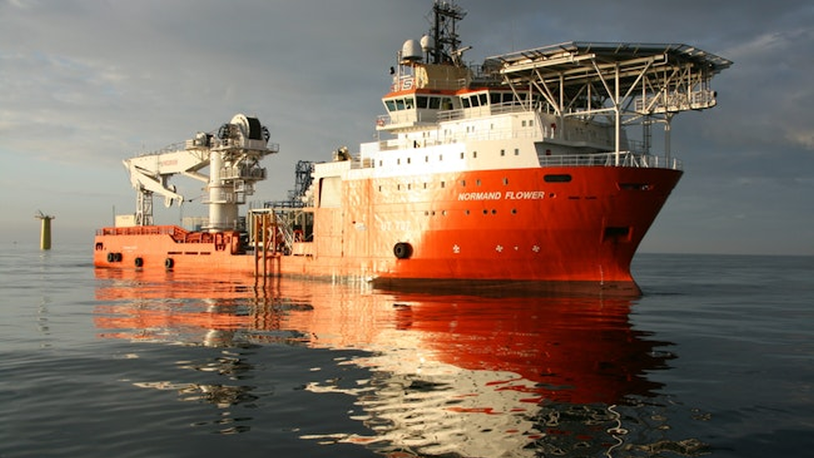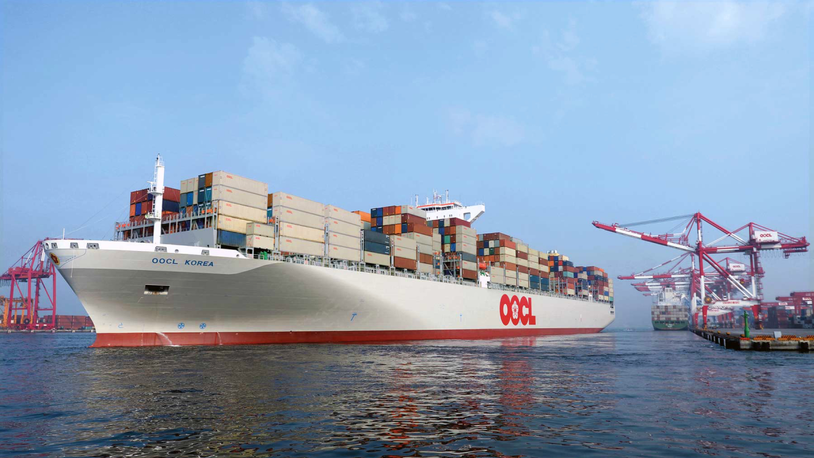Business Sectors
Events
Contents
Register to read more articles.
Marrying the agility of a CTV with the stability of an SOV
Ship designers look to incorporate increased capability into smaller platforms to improve efficiency and lower operational costs
Clean, comfortable and cost effective. Those are the ‘must-have’ design parameters of the latest crew transfer vessels (CTVs) and their bigger sisters, the service operation vessels (SOVs).
One of the latest SOVs is what designer BMT calls a ‘mid-sized’ version of the class. Instead of the 70-m-plus vessels that are more typical, it is a 48-m-long, diesel-electric design featuring a low-vibration Small Waterplane Area Twin Hull (SWATH) that is designed to handle challenging conditions while providing accommodation for 40 technicians and 16 crew, all in their own cabins. The comforts come in the form of a gym, sauna, lounge and entertainment hub.
This SOV bristles with technology. A 30-m-long motion-compensated gangway ensures easy access to the platform. Looking ahead, the SOV is pre-designed for autonomous technology. A special bay along with a dedicated control room accommodates a remotely operated vehicle (ROV). And there is space for up to five uncrewed surface vessels as well as another dedicated bay for an 8.5-m daughter craft.
As for the SWATH catamaran hull, BMT sees it as a pivotal feature that increases stability and seakeeping, both highly desirable in a vessel that could be deployed for weeks on end. Additionally, its SWATH design provides a comparable platform to a much larger SOV.
“Our 48-m SOV operates in the same way as larger SOVs and provides an efficient and cost-effective solution for windfarm operation and maintenance,” BMT tells Riviera Maritime Media. “It fills a gap between CTVs and traditional 70-m-plus SOVs. Smaller SOVs are becoming increasingly relevant due to their cost efficiency and reduced environmental impact. Mid-sized vessels that sit between CTVs and SOVs provide a more cost-effective solution to achieving offshore operational requirements.”
The goal is to marry the agility of a CTV with the endurance and comfort of an SOV.
The maritime-oriented design house has a long tradition of thinking ahead since it was established in 1985 in a merger of the British Ship Research Association and National Maritime Institute, and its 48-m vessel represents another brand-new idea. “This vessel is not just a response to current demands but a proactive step into the future of offshore operations,” explains senior naval architect, Alex Blake.
BMT’s design is the latest of over 70 vessels currently operating worldwide. Starting with 20 m, BMT has steadily upped the game through designs of 27 m, 32 m and 36 m as it progressed towards the 48 m vessel.
Floating 4WD
Definitely not mid-sized is the Ulstein-designed Olympic Boreas, the 90-m-long, 19-m-wide construction SOV whose Crist-built hull was launched from its dock at Ulstein in Norway in early April. With accommodation for 126 in 91 cabins, the hybrid-driven, twin X-Stern design vessel is the first of two commissioned by Norway-based offshore specialist Olympic.
“The general outfitting work is well underway,” explains Ulstein’s project manager, Helge Torvik. “It consists of accommodation work, electric installations, piping and mechanical installations, to name a few. Also, the commissioning stage has started for what Ulstein describes as a “four-wheel drive solution for the seas”.
Ulstein has also been busy in China. That nation’s first home-built SOV, intended for offshore windfarm support, was undergoing final tests in April while another vessel will hit the water later in 2024. Commissioned by Shanghai Electric, China’s biggest provider of offshore wind turbines, they have respectively capacity for 100 and 80 people.
And although it will not be delivered until 2026, the world’s first electric SOV is on its way after Liverpool-headquartered Bibby Marine signed in late April with Spanish shipbuilder Gondan, a specialist in bespoke vessels. Part-funded by the UK government and designed by Longitude in the UK, the e-SOV will be able to operate solely on battery power for over 16 hours between charging cycles, according to the owners.
While no details of the vessel’s capacity were revealed, according to Bibby Marine chief executive, Nigel Quinn, there is a strong commercial case for an e-SOV. “The project will demonstrate that clean ships can be built at the same total cost of ownership as a conventional fossil-burning vessel, coupled with significantly reduced operating costs,” he said.
Electric CTV
And a new e-CTV project is on its way. England’s Tidal Transit, a specialist in electrification, expects to start sea trials in early 2025 of an all-electric, retrofitted vessel that will work the windfarms off the North Coast. An £8M (US$10.2M) helm-to-prop redesign believed to be the first of its kind, the conversion is funded to the tune of £6.3M (US$8.0M) by the UK government.
As part of the conversion, Volvo Penta will replace the diesel engines on Tidal Transit’s 20-m-long, 12-passenger Ginny Louise, a Mercurio-built catamaran designed for the short-frequency waves of the North Sea, with a quad installation of Volvo Penta IPS 30, coupled with electric motors and more than 2 MWh of onboard battery capacity. Corvus Energy will supply the batteries.
“Smaller SOVs are becoming increasingly relevant”
“The 20-m Mercurio boats have deep and wide hulls that lead themselves to carrying large volumes of batteries,” Tidal Transit tells Riviera Maritime Media. “In addition, they are wide enough for installation of the quad IPS system.”
The project will also include the installation of an onshore charging station designed by Artemis Technologies and a wind turbine-based offshore charger from MJR Power and Automation. Renamed e-Ginny, the retrofitted CTV will be the next step in Tidal Transit’s mission to create the world’s first fleet of multi-functional electric CTVs.
“These vessels will release no carbon dioxide, carry zero risk of fuel spillages, significantly lower noise pollution and have far fewer maintenance requirements,” Tidal Transit says.
Next up, Tidal Transit and partners including Artemis, Ørsted and Lloyd’s Register are testing another game-changer in the form of a 12m-long e-foiler. Designed to reach platforms further offshore at high speed in waves up to 1.5 m, it will also be all-electric. “The vessel will unlock future opportunities for e-foiling technology and help eliminate range anxiety,” the partners believe.
Simultaneously, technology in ship-to-rig transport is making advances. Palfinger Marine’s latest product is a fully 3D-compensated offshore passenger transfer system that can be fitted on CTVs or SOVs. More rugged and powerful than its predecessors, the system can handle 600 kg of people and hoist up to 1,000 kg of cargo.
“We understood the need for standardised, cost-competitive and weight-optimised solutions for the offshore wind industry,” Palfinger Marine explains. The result is a technology that comes in two variations: fixed or mobile. The fixed version is designed for permanent use on the vessel while the mobile model is mounted on a support frame that can be connected to the deck.
Related to this Story
Events
Maritime Environmental Protection Webinar Week
Cyber & Vessel Security Webinar Week
The illusion of safety: what we're getting wrong about crews, tech, and fatigue
Responsible Ship Recycling Forum 2025
© 2024 Riviera Maritime Media Ltd.

